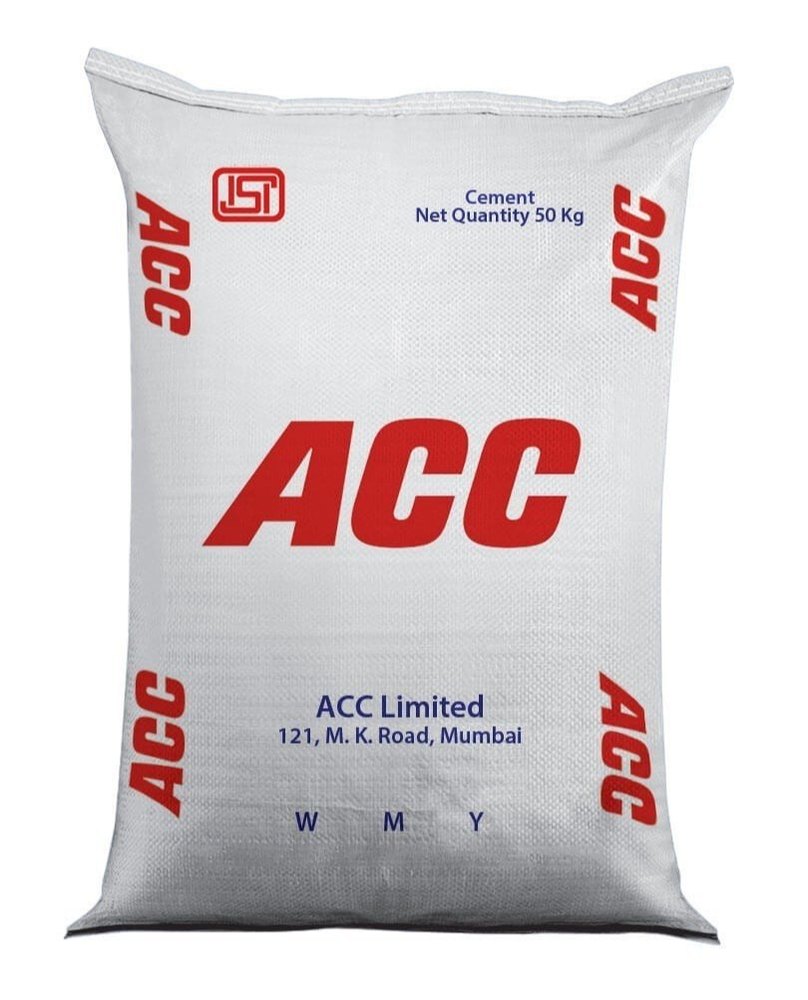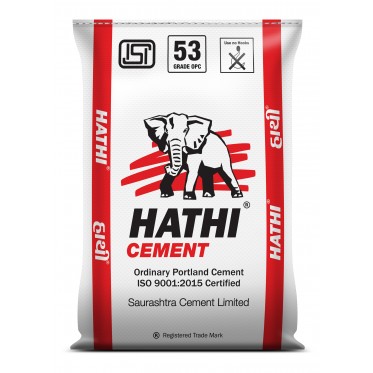Wet mix macadam (WMM) is a road construction material and technique where crushed aggregates and granular materials are mixed with water and laid on a prepared sub-base to create a strong and durable pavement layer. It's an improvement over traditional water bound macadam (WBM) due to its enhanced strength, faster construction, and better resistance to water damage.
Here's a more detailed breakdown:
Mixing:
The aggregates and water are mixed in a controlled environment, often in a pug mill or pan-type mixer, to ensure proper distribution and moisture content.
Laying and Compaction:
The wet mix is then laid on a prepared sub-base, compacted to a dense mass using rollers, creating a stable and strong base for the road surface.
Advantages:
WMM offers several benefits, including:Applications:
WMM is commonly used as a sub-base or base course in road construction, including highways, major district roads, and other paved surfaces
Materials:
WMM primarily consists of well-graded, crushed stone aggregates, and often includes fine materials like stone dust, mixed with a controlled amount of water. Sometimes, binding agents like cement or lime may be added to further enhance strength and durability.
 Safe Payment
Safe Payment
 7 Days Return Policy
7 Days Return Policy
 100% Authentic Products
100% Authentic Products




